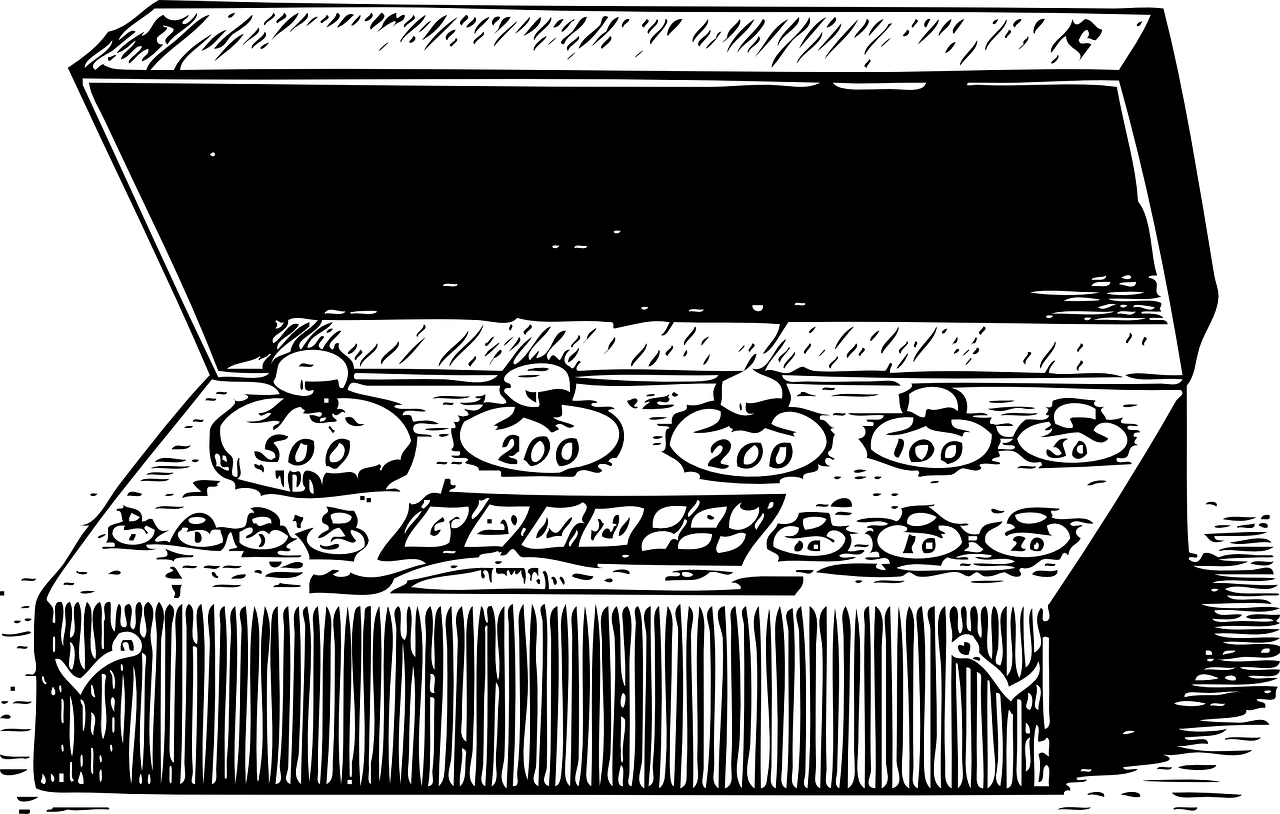There are many forms to set goals: for a team, an individual or even a system. In the article below I will walk through what each of the framework is and when it is best to use.
Definition:
OKRs: Objective and Key Results.
- Objectives need to be ambitious, and feel a bit uncomfortable.
- E.g: Ship a full feature, create a new customer flow
- Key results are measurable and should be graded based on their completion. Google uses a scale from 0-1.0
- E.g: ship API Y by June 7th, Increase hires by X
- The sweet spot usually .70 anything more be categorized as sandbagging too easy, less would be the goal was too difficult.
- Why use this framework? Enables teams and individuals to set ambitious goals. OKRs if followed properly allow for people to attain what they thought they could not.
SMART Goals: Specific, Measurable, Achievable, Relevant, Time based.
- Specific: For example, “I want to learn to play basic piano songs”, “I want to lose 20 pounds” and “ I want to finish a ½ marathon”.
- Measurable: You need to be able to select indicators that can be measurable.
- In our Piano example we can use treble clef proficiency, for the weight example you can weigh yourself daily or weekly and lastly for running, you can measure how far you are able to run.
- Achievable: If you have never run any race of any kind then trying to finish a half marathon, can be too much.
- Beginning with a 5K and going up from that distance becomes more attainable.
- Relevant: Deals a little bit of where you are in life.
- Perhaps you want to run, to lose weight in order to attend an upcoming wedding.
- Time based: a timeline of when you are expected to complete
- Why use this framework? While more work than the previous OKRs, more information is provided here. Leaders sometimes don’t want people to sale themselves short, many organizations just want to be able to obtain consistent output from employees.
KPIs – Key Performance Indicators
- KPIs are considered legacy in many places, as teams have transitioned to OKRs or goals. However there are companies, and leadership teams that use KPIs to determine the health of the business. Some examples are “ Revenue per customer”, “ Average cost for feature launch”, “Average cost of new hire”
SLIs & SLOs- Service Line Indicators, and Service Line Objective”
- I won’t dive in too much here, as these are used for systems performance and expectations. But what you need to know is that teams are usually not measured using this methodology,
What’s the point?
Framework creates a route in a map to help you achieve your goals. It narrows the path for you to see the steps required to get to the finish line. In my opinion, pick whichever framework you feel fit your situation, don’t get stuck with one or the other.
Once you have chosen your framework what is next? We all have great ideas, however what the majority of us lack is execution. It is difficult to stay motivated, especially at the beginning when incentives are only internal motivations. Find that


